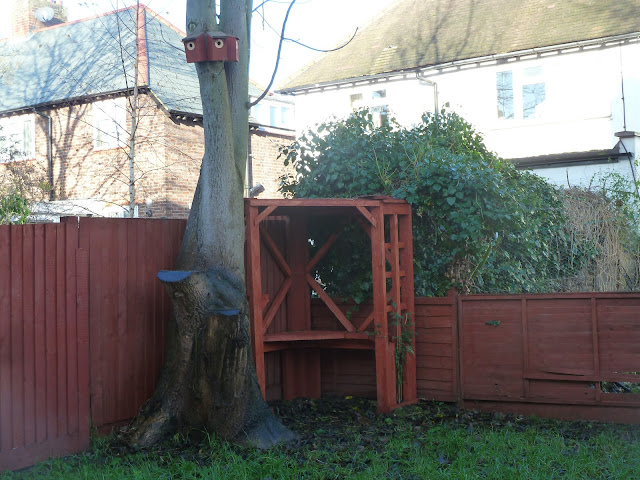Let us consider the Bell Curve, a psychological treatise that didn't directly involve much in the way of live experimentation, but which was used as a scientific justification for widespread racism. Schools in black areas are underfunded compared with schools in white areas, and this underfunding leads to underperformance. The Bell Curve allowed politicians and racist pundits to argue that "these kids aren't underperforming because the school is underfunded, they're underperforming because black people are not as intelligent as white people". On that basis, correcting the underfunding was never a priority. Thousands and thousands of young people received a sub-standard education because of the abundance of melanin in their neighbourhood, and this was allowed to continue because some bloke they'd neither met nor heard of had gotten it into his head that they were just naturally stupid.
I would beg to differ as - indirectly - this man has saved my life on more than one occasion. At any rate, the racial aspects of the Bell Curve were later proven to be dodgy as fuck, and using that to form policy is seen as scientifically unethical. If doing your thang as a researcher causes others to be harmed - even if they aren't involved - and you could have foreseen or avoided such then you are unethical. Simple enough.
People say that politics should not interfere in Science. True up to a point. Misusing Science (or Psychology) to round up political undesirables is reprehensible behaviour on the part of all involved. With that said, unfettered Science has given the world its fair share of horrors. Freedom without some degree of regulation is like a loaded gun in the hands of a toddler. There must be, not control as such, but limits. There must be checks in place to ensure that innocents have nothing to fear from Science. There must be acts that are deemed to be beyond the pale.
Ethics, in my view, begins with the germ of a thought in the researcher's mind before the study has even been fully conceived and ends only when those ripples upon the surface of history which were caused by the study have ceased. Typically this point will be reached long after a prominent researcher has died. Indeed, his great-grandkids might have great-grandkids by the time we can say that his work is no longer skewing the world. If you loose a thing upon the world - be it a theory or an ideology - then you are responsible for what it does.
In my view of ethics, J. Robert Oppenheimer killed a quarter of a million civilians, because he built his doomsday device knowing full well that it was a tool for levelling and irradiating cities. If we divide the casualties (c.250,000) by the number of weapons needed to cause that many casualties (2), then at a ratio of 125,000:1 we can say that the nuking of Hiroshima and Nagasaki was the single most efficient slaughter of civilians in human history. He's a hero to some, sadly, because the bomb is said to have ended WWII and saved the lives of thousands of soldiers who would've been flung back into combat had the war continued. Standing between the war and the civilians is what soldiers are meant to be for. A few thousand troops saved at the cost of a quarter of a million civilians is not an ethical trade. Of course to some people it makes a difference that the unelected emperor of those civilians was in bed with the Nazis. To others, it makes a difference that those civilians weren't white.
So then I encountered this article via a link on Facebook. The university in question is undermining Palestinian homes in occupied territory at the risk of causing a collapse. They say that groups calling for a boycott are attempting to bring politics into the business of what should and shouldn't be researched. I disagree. Ethical oversight prohibits abuse primarily because it is abuse. Our notions of what constitutes abuse evolve with the political understanding of the times, but if we today perceive it as abuse then it is abuse, plain and simple. Endangering the lives of families is not made acceptable just because they're Palestinians living somewhere Israel wants. If anything, by forcing this upon those under occupation it is the university itself which has brought politics into research, as there's no way in hell they'd be allowed to do that kind of maverick shit in Tel Aviv!
It then falls to ethics bodies to intervene and halt the study.
If however the ethics body cannot or will not apply its own rules; be it because the abuser is untouchable (as in this case, Israel has Uncle Sam behind it to grant impunity), or because the ethics body has been bought, then we reach an unfortunate circumstance wherein the nearest semblance of ethical enforcement is obstruction by the protest of citizens. A boycott or blockade has no weight on paper, it is unaccountable; but on the other hand I struggle to think of a more democratic way for a society and its citizens to articulate the point at which they draw the line between acceptable conduct and unacceptable conduct.
Now for the ethical distinction between winging a stone at the guy who took the decision to dig under homes in the first place and winging a stone at some poor bastard who is just doing his job...


















